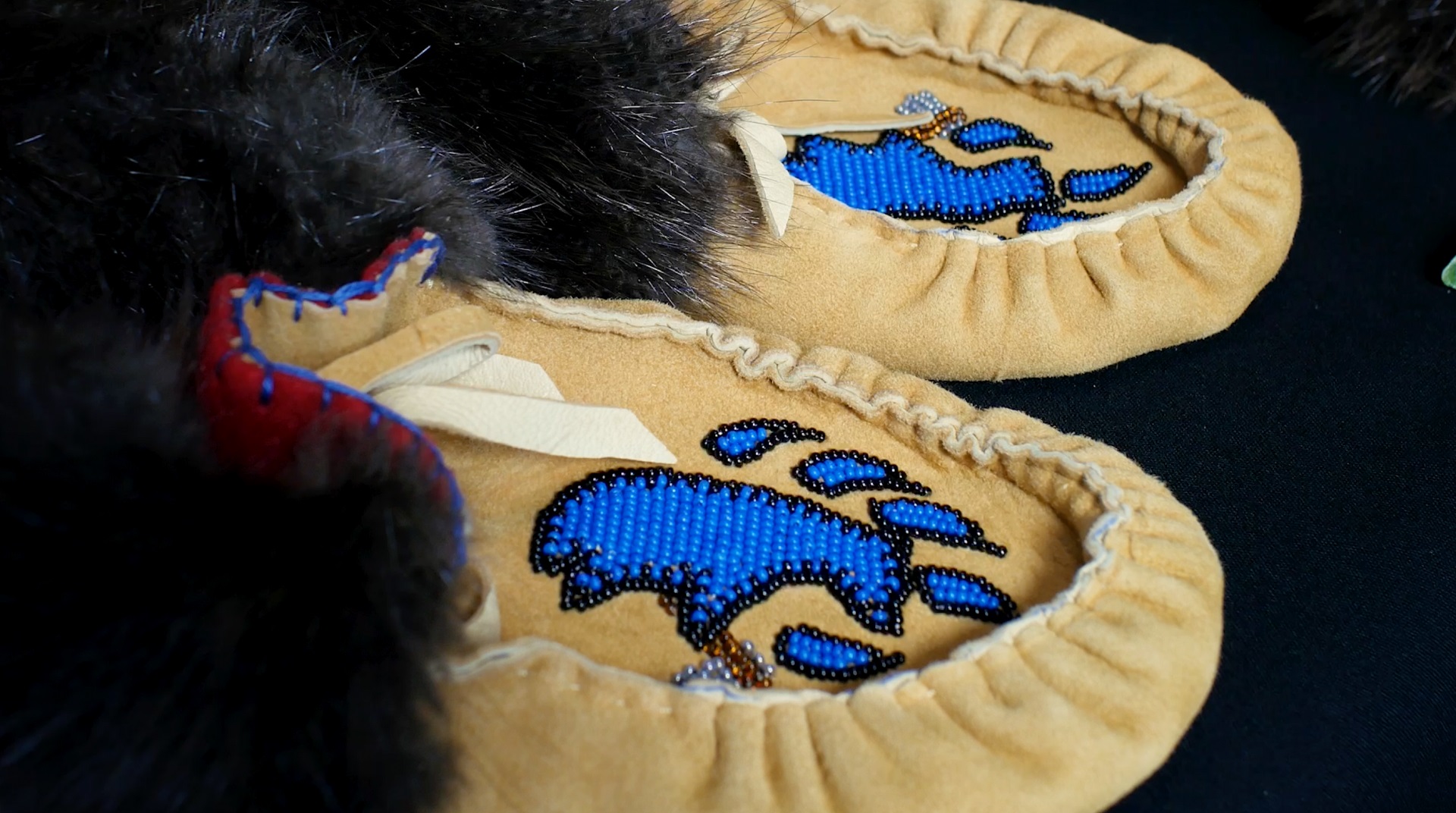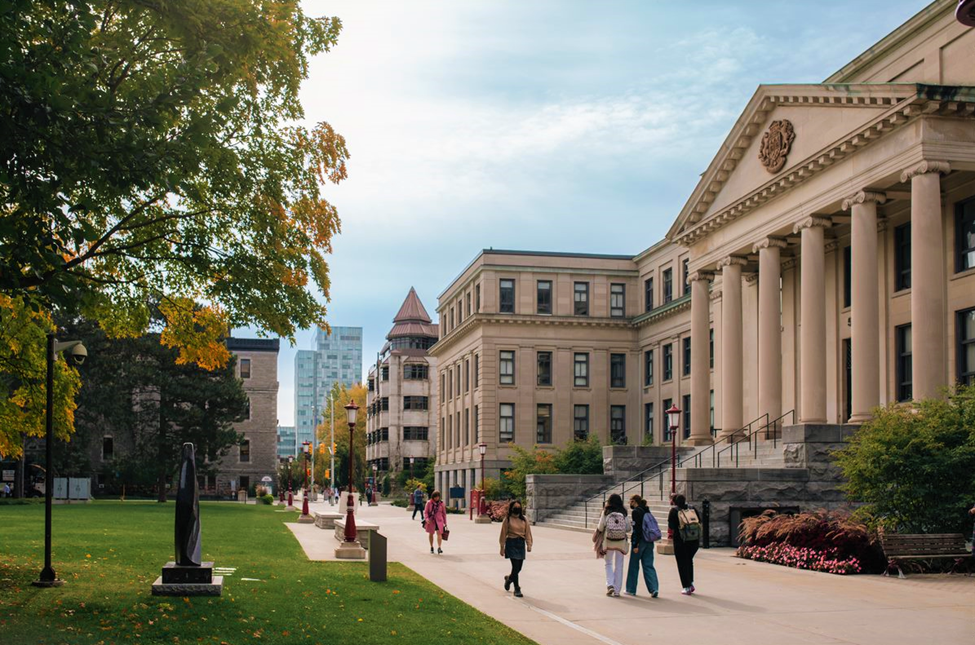Shannon Chief is a self-employed artist and cultural knowledge educator from Rapid Lake/Barriere Lake. She is an Anishinaabe Odinewin who is a member of the advisory council at Wa Ni Ska Tan and an artist at Ojimak Wear and Design. She studied Indigenous wellness and addiction prevention at Canadore College and currently lives off-reserve in Maniwaki, Quebec.
Shannon creates moccasins, mukluks, ceremonial items, earrings, purses, dresses, and vests. Her maternal grandmother was very spiritual and made bundles for ceremonial events, Shannon’s paternal grandmother made moccasins, mukluks, mitts, and gloves, and Shannon would spend certain months with her and observe her work. Although her paternal grandmother has passed away, Shannon and her auntie make sure to continue her work. Shannon wants to pass these traditions on to her children and grandchildren and hopes they will pick up her passion for artwork when they are older.
Shannon is inspired by all the women who surrounded her as she was growing up and the traditions they passed on to her, from berry fasts to their teachings, roles, and responsibilities. She observed and learned from her grandmothers and aunties, and she is grateful for the Kokums of past generations who always came around her, lifted her, and taught her how to be a helper. Her beadwork is inspired by how she sees her people.
This project is an opportunity for Shannon to share Indigenous culture and the roles, responsibilities, and teachings of Indigenous peoples. It is a step towards reaching understanding between social workers, Indigenous women, and mothers, and part of decolonization and building relationships between social workers and Indigenous peoples. As she was creating the moccasins, she thought of residential schools, undermined parenting, a lack of land-based learning, family traditions, and teachings lost and forgotten.
Shannon made the adult male and female Elder moccasins for this project.



